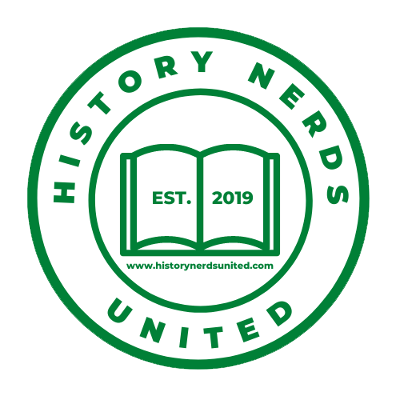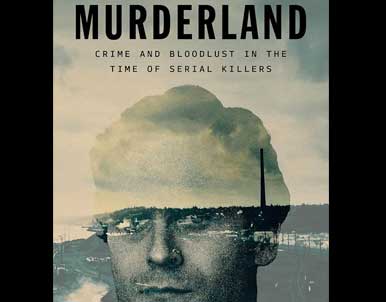Brendan’s Alternate Tagline for Murderland:
So many ways to die.
Quick synopsis:
A look at the rise of serial killers in the 1970s and 1980s with a focus on the Pacific Northwest.
Fact for Non-History People:
Serial killers peaked in the U.S. with 300 known offenders in the 1970s.
Fact for History Nerds:
Washington state has had 31 serial killers in its history including Ted Bundy.
My Take on Murderland:
The City of Tacoma’s Tourist Board is not going to recommend Murderland by Caroline Fraser, but I sure as hell am. I hesitate to put too much of the book’s contents into this review. None of it is really spoiler territory, but I didn’t know how the book would fully unfold when I started it, and I’m glad I didn’t. So let me give two reviews. A short one for those who are already intrigued, and then a longer one for those on the fence.
For the intrigued, Fraser’s book looks at the intersection between murder, industry, memoir, and history. There are a lot of serial killers in this book, but if you go into this looking for a normal true crime narrative, then you will be hopelessly lost and confused. It is much more than that, and is written with nontraditional flow and exceptional skill. Fraser’s Pulitzer win for her previous book was clearly not a fluke. I was trying to think of a good metaphor, but Fraser beat me to it in the introduction. This book is like the crazy board you see on TV with a multitude of pictures and notes with string all over the place. However, Fraser isn’t crazy. Everything has a purpose even when it seems like it doesn’t. I’m talking about bridges, but you won’t know what I mean by that until you start reading. If you are ready to do that, stop reading this review and go read the book. Enjoy!
Still not sure? Well, let’s dive in then. True crime aficionados will notice very quickly that Fraser is making the connection between serial killers and the lead-crime hypothesis. For the uninitiated, there is a prevailing theory that excessive levels of lead in the environment, tied to both leaded gasoline and uncontrolled smelting, led to increased violent crime across the board. There are many examples, but the apex predator of this story and who fits the theory perfectly is Ted Bundy.
Fraser doesn’t just dive into the theory and start ranting about industry. (For the record, that approach would have bored me.) Instead, she slowly peels back the (lead) onion by recounting numerous serial killers from their origins to their despicable crimes. Mostly, this focuses on the Pacific Northwest where Fraser herself grew up. Her own life took her within yards of many of these killers throughout her childhood. Generally, I hate when authors insert themselves unnecessarily. Here it works because Fraser’s life is troubled, but it grounds the reader. Not everyone is a serial killer, but it doesn’t mean non-killers are having an easy time. (I mean, I assume Fraser is not a serial killer, but that would be one hell of a reveal!)
Returning to my comment about it not being traditional true crime, Fraser does not spend much time with the victims or even the killers. Each story is short and clipped. It may just be my reading of it, but I think Fraser wrote it this way to mimic the slow poisoning of people in the shadow of a smelter. No single story goes on long enough to shock you into putting the book down. Instead, the horror accumulates until you are left sad and, more importantly, angry. Again, just a guess, but the final page of the book certainly suggests Fraser was going for outrage. She succeeded.
(This book was provided as an advance copy by Netgalley and The Penguin Press.)
Verdict:
Amazing. Buy it here!


Leave a Reply
You must be logged in to post a comment.